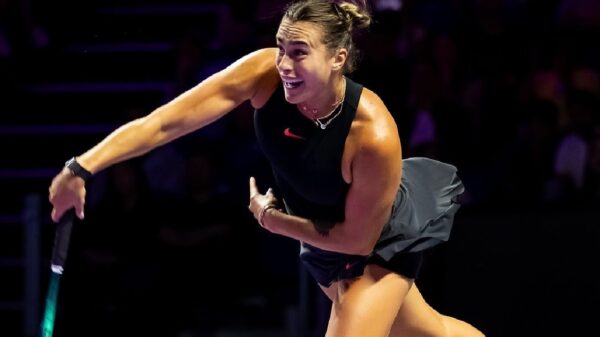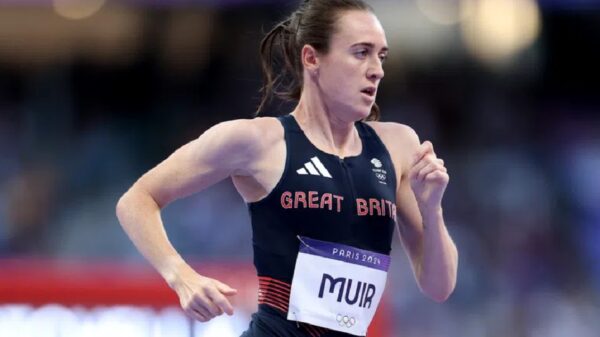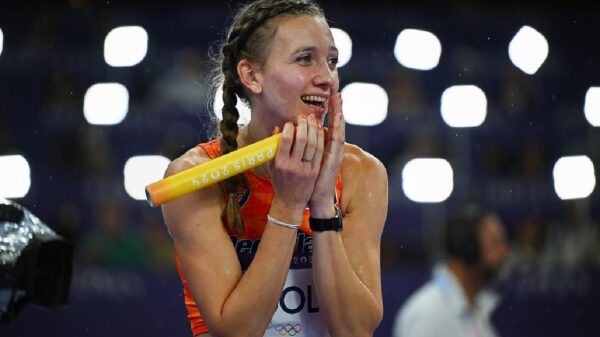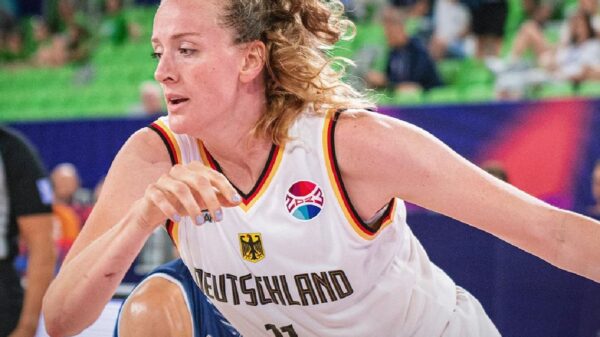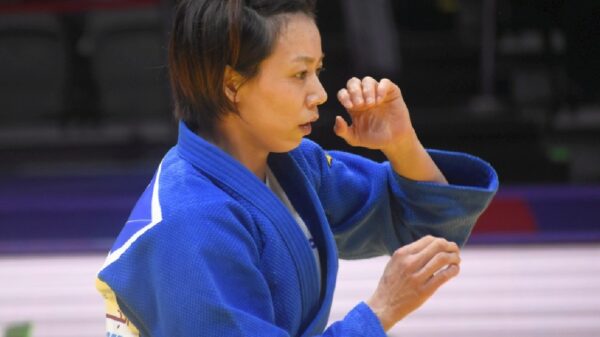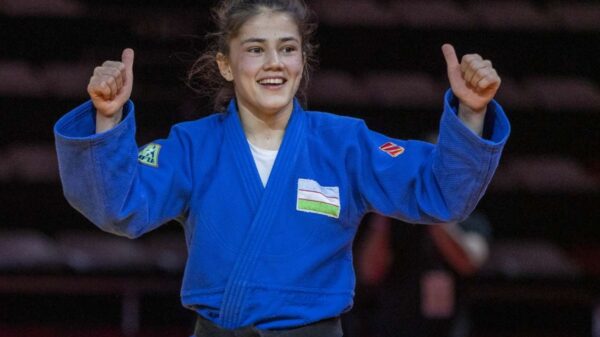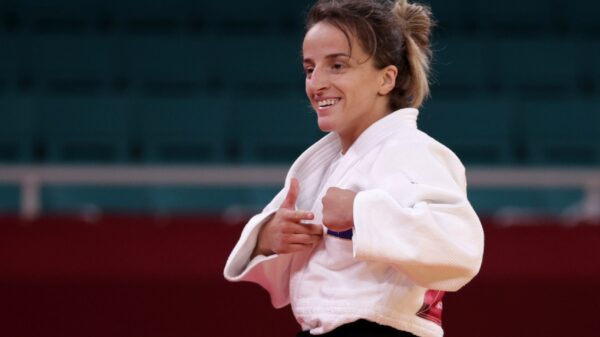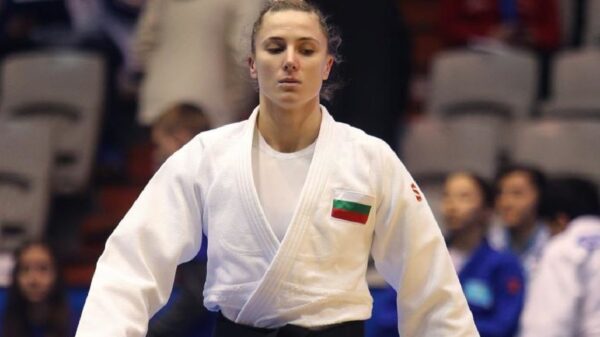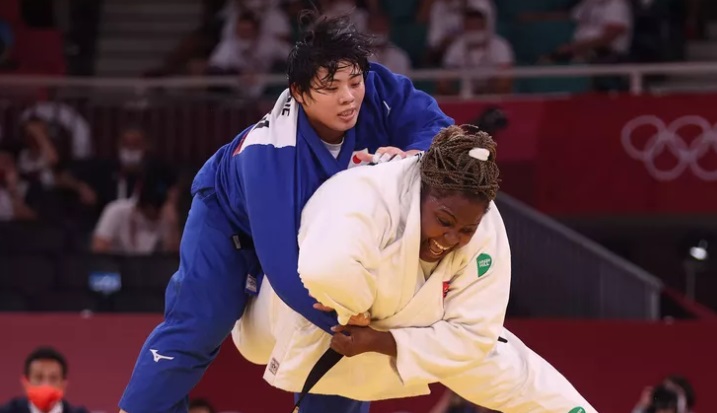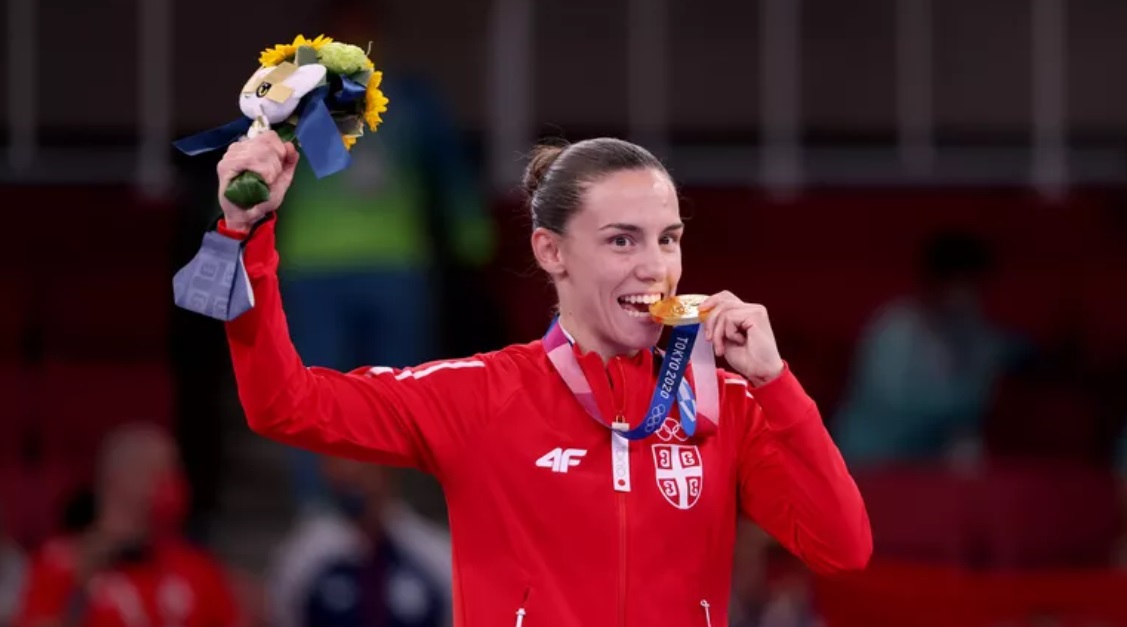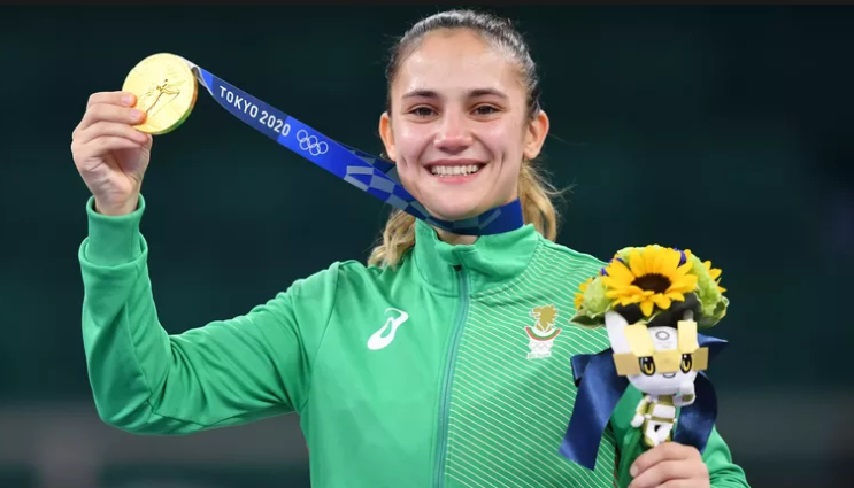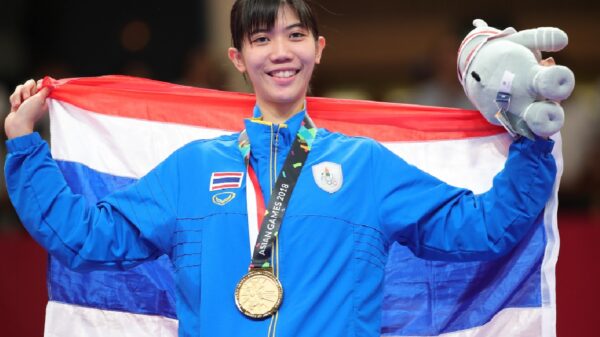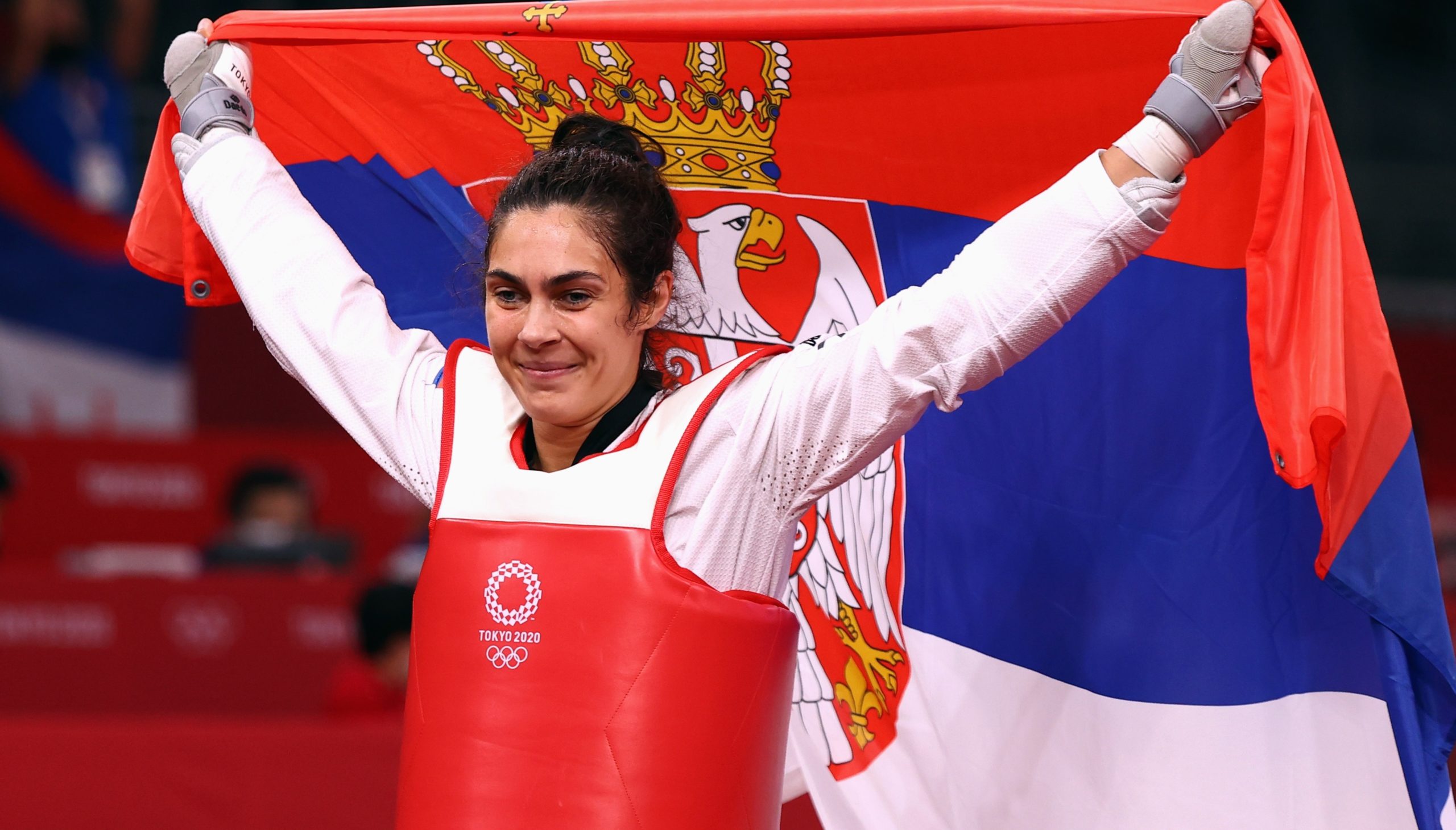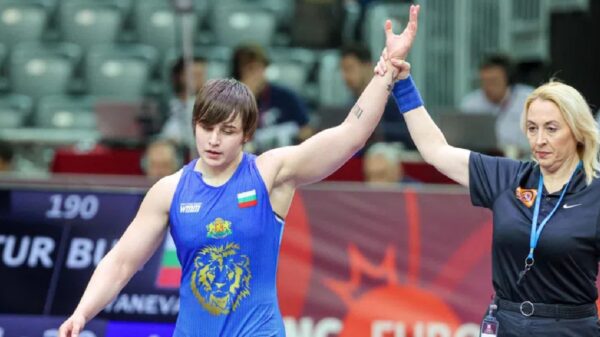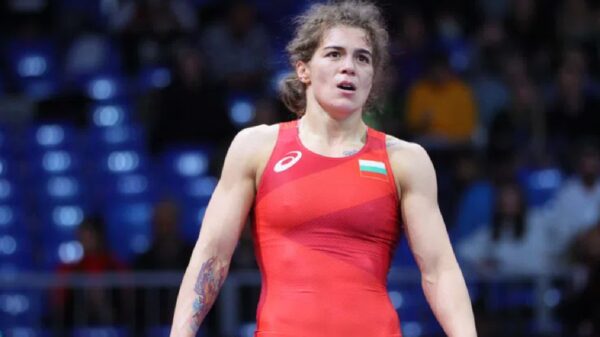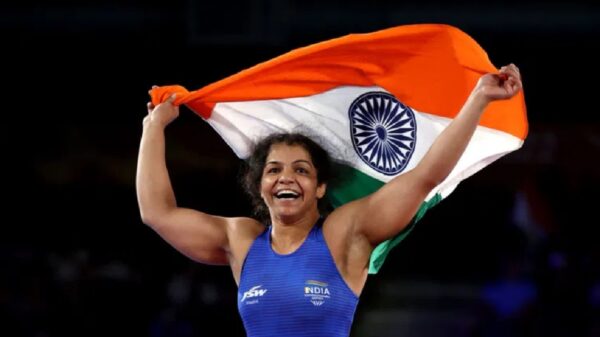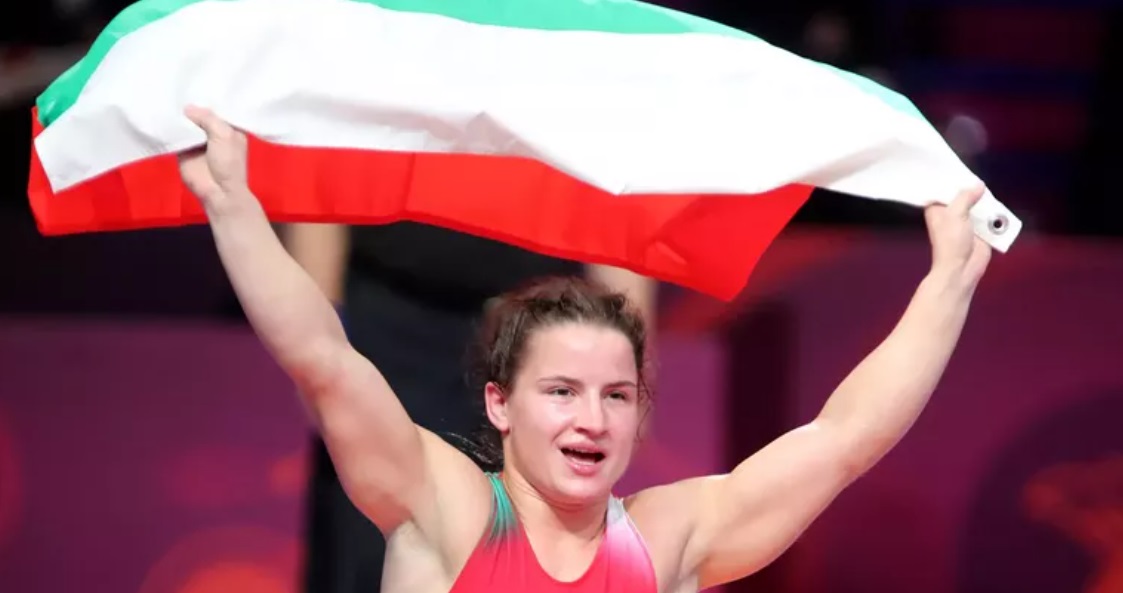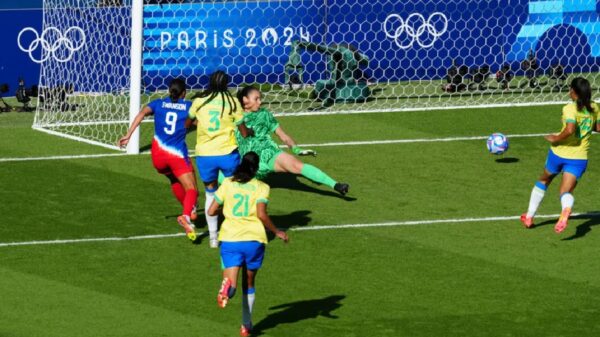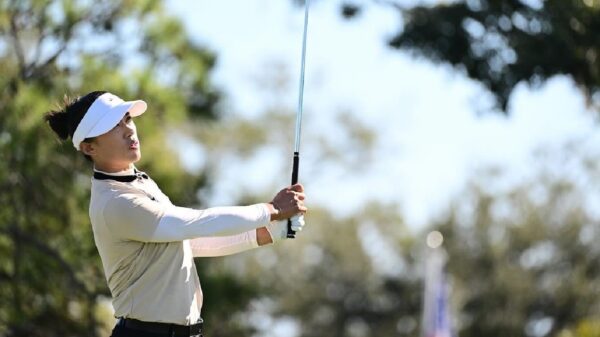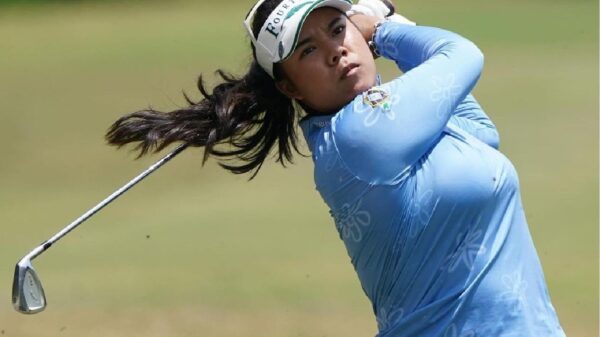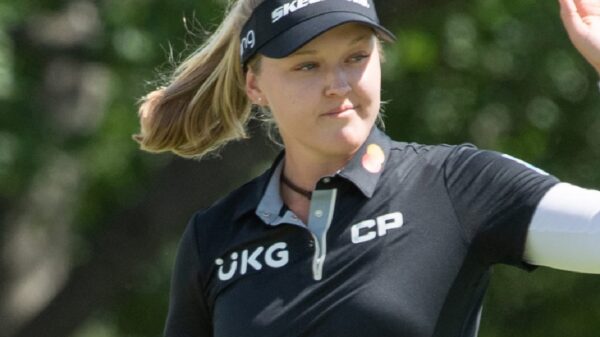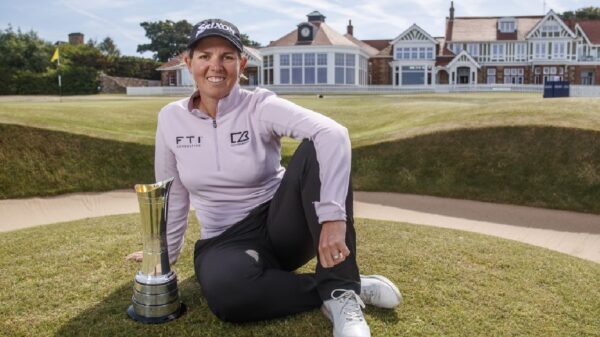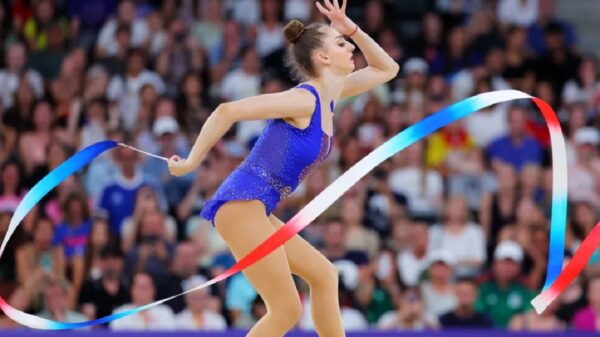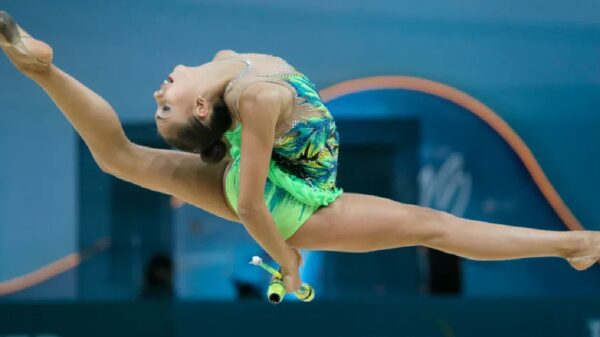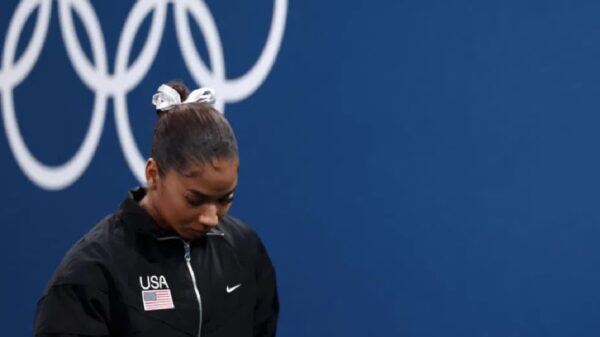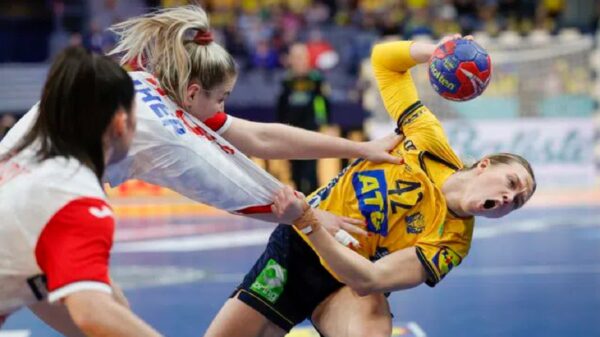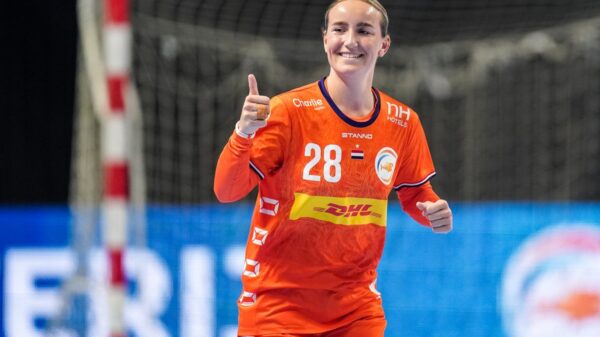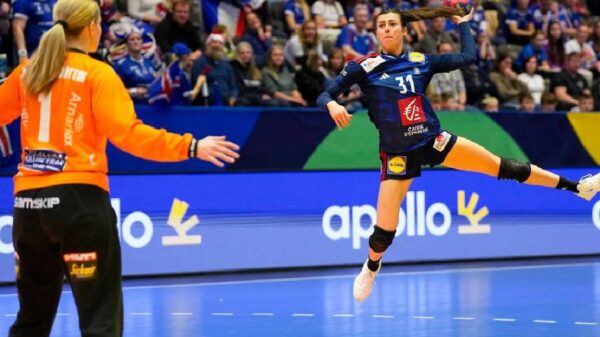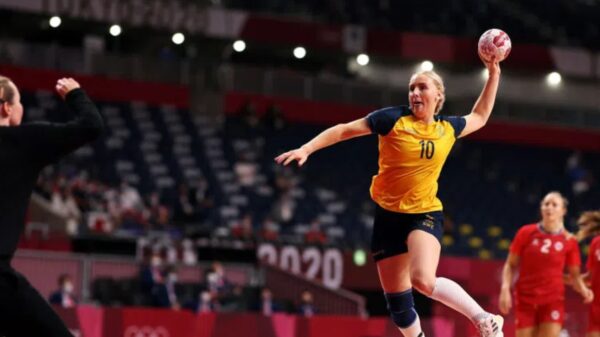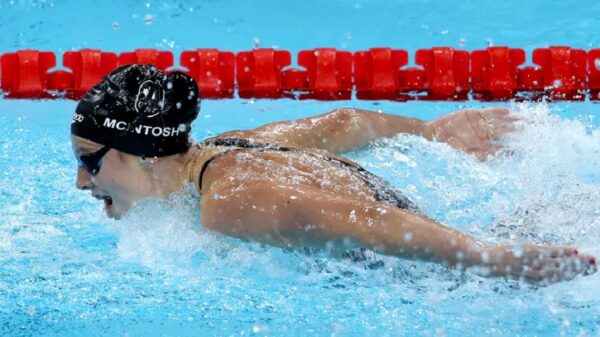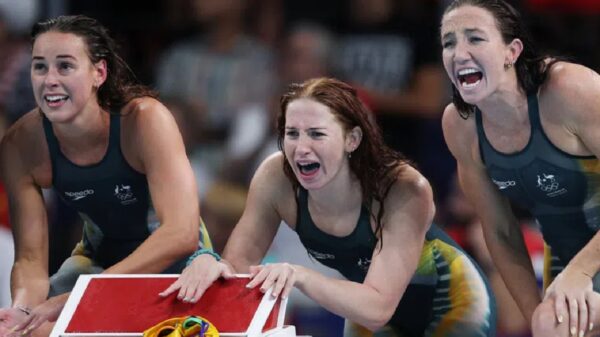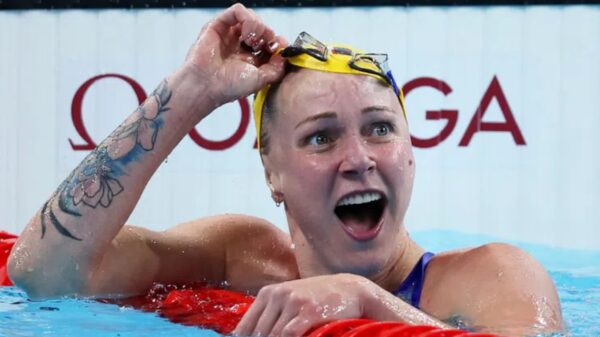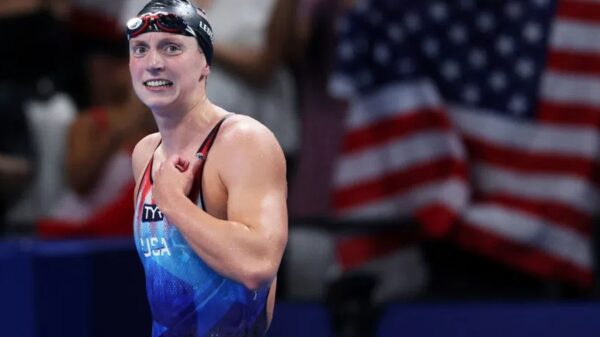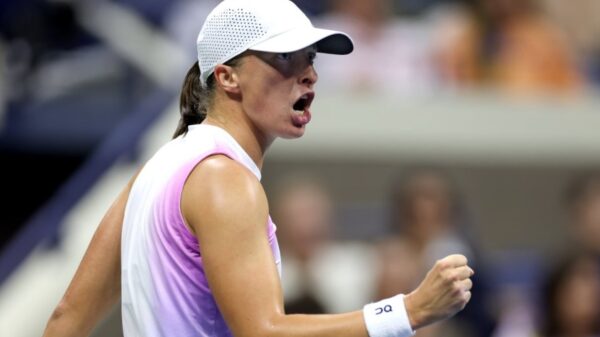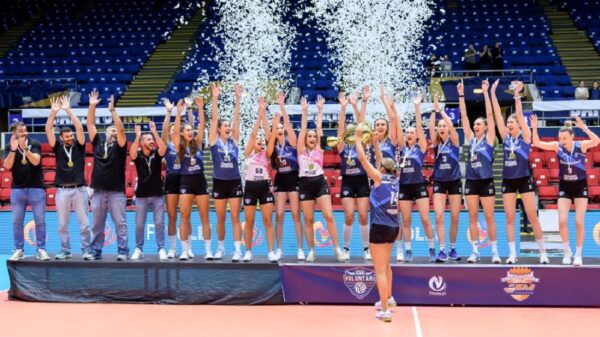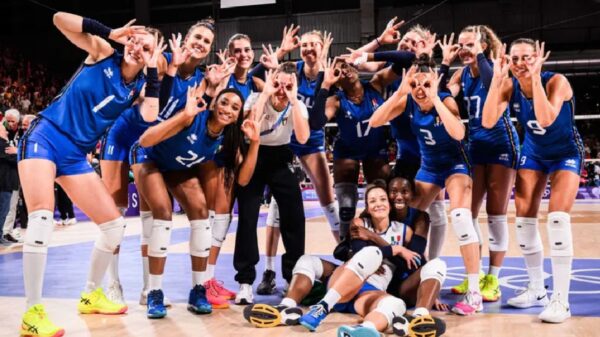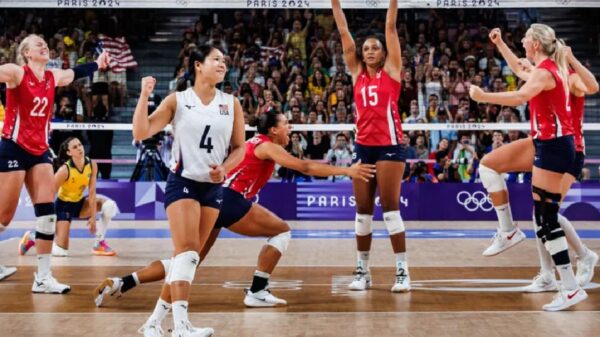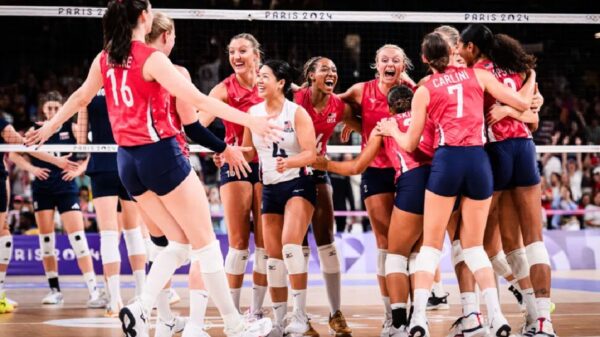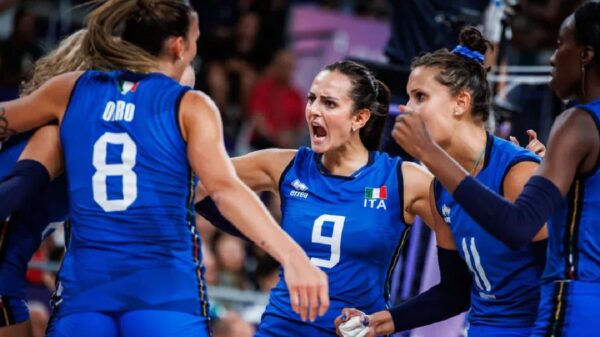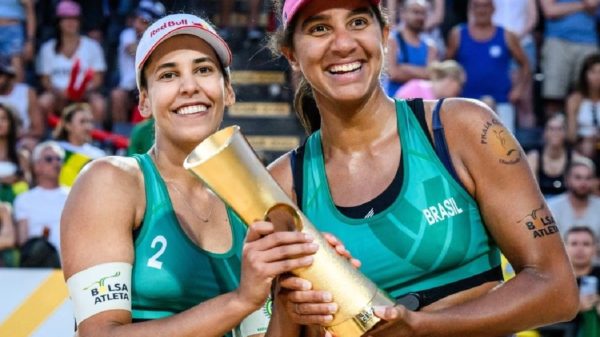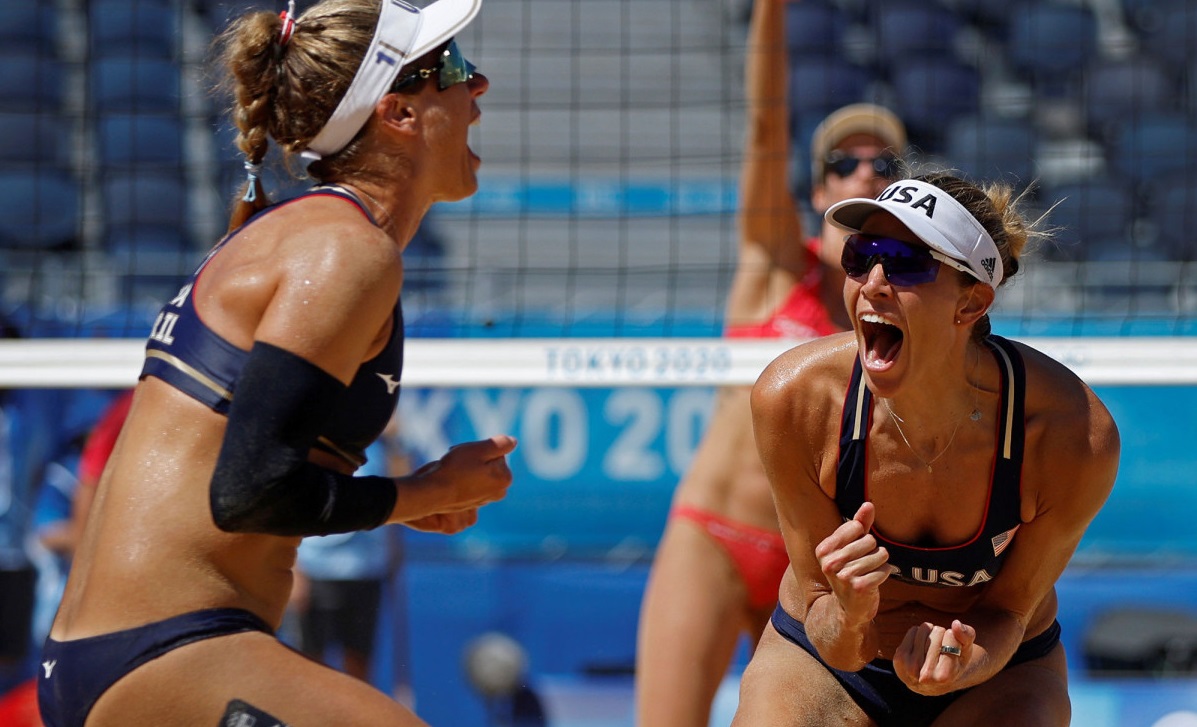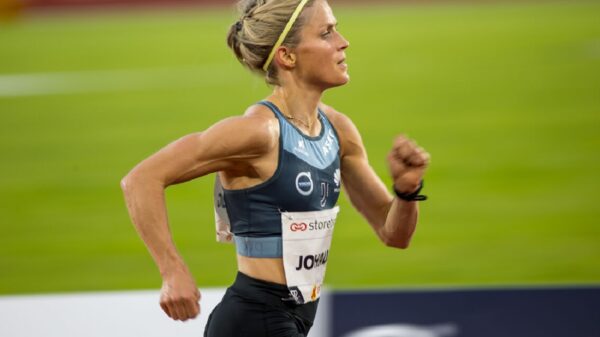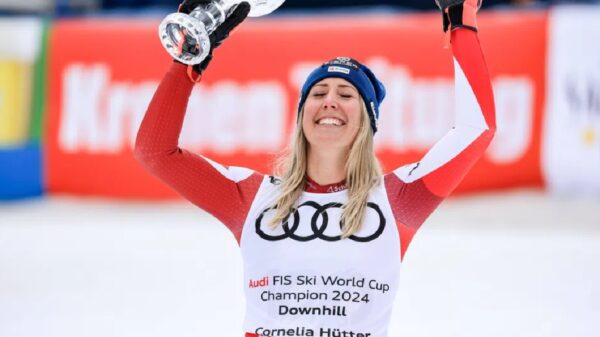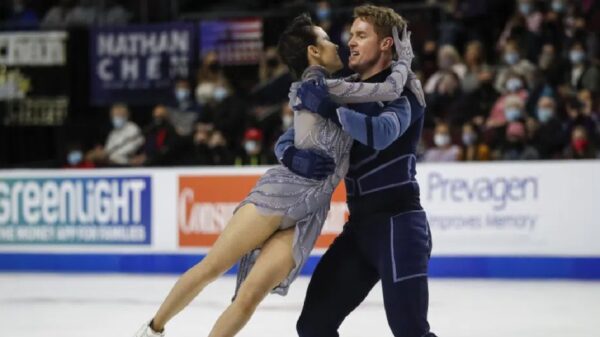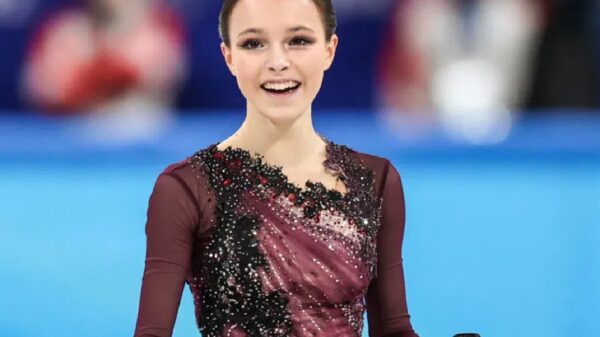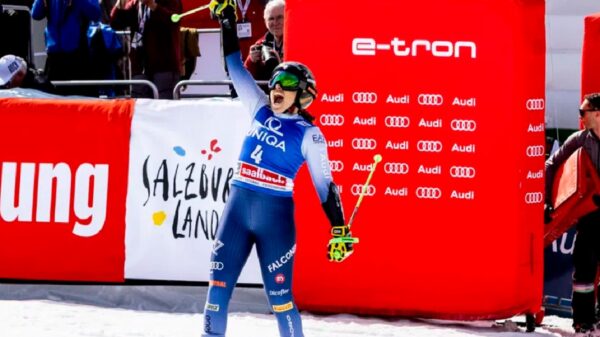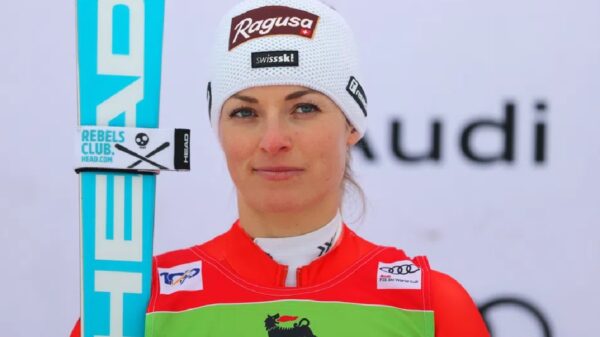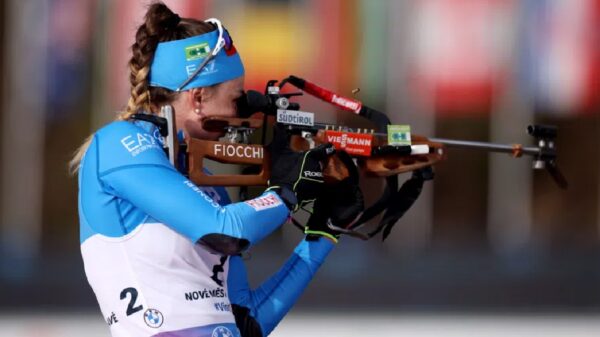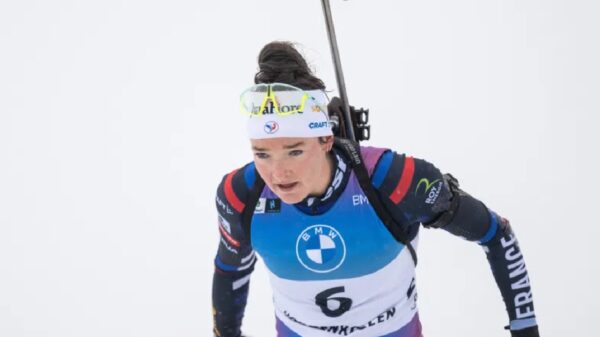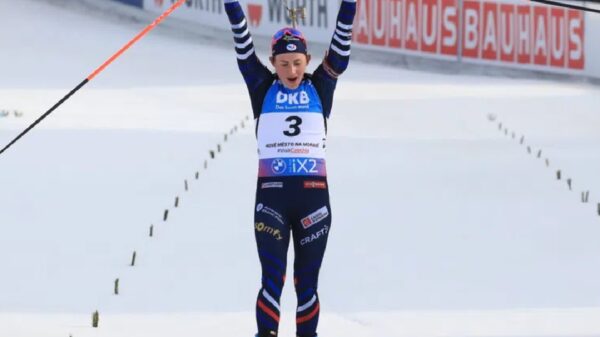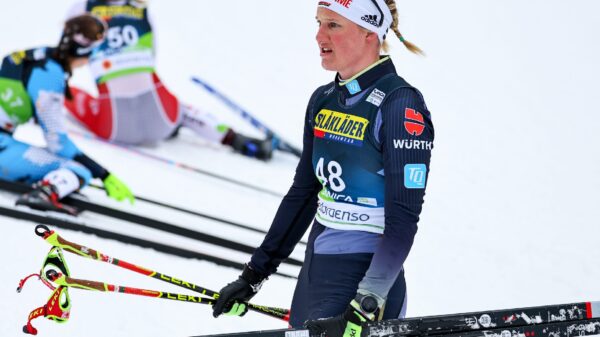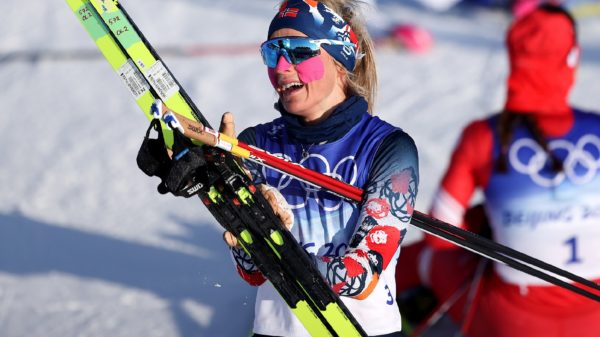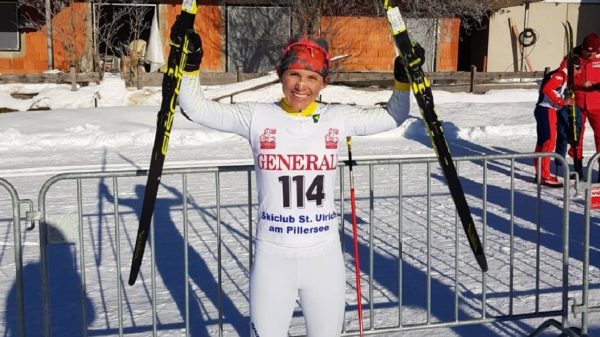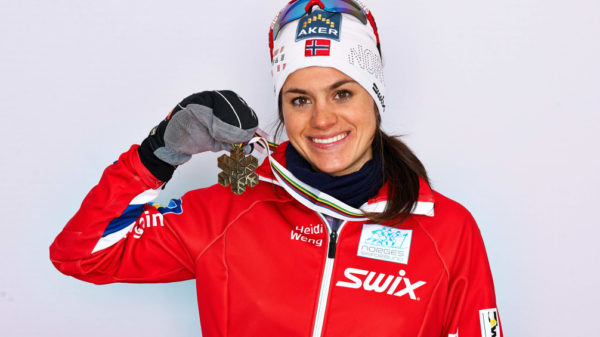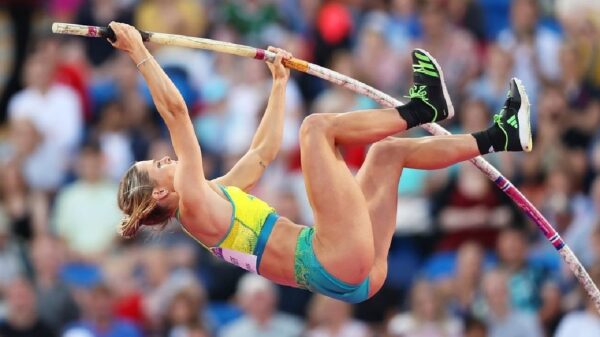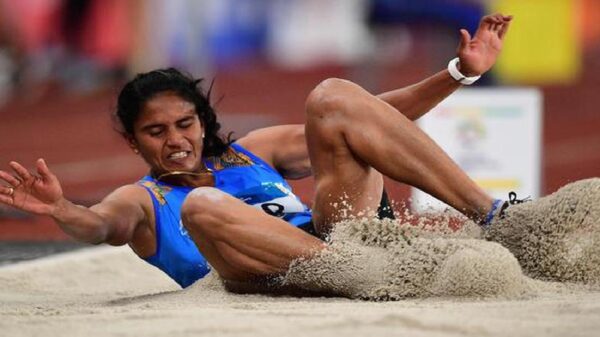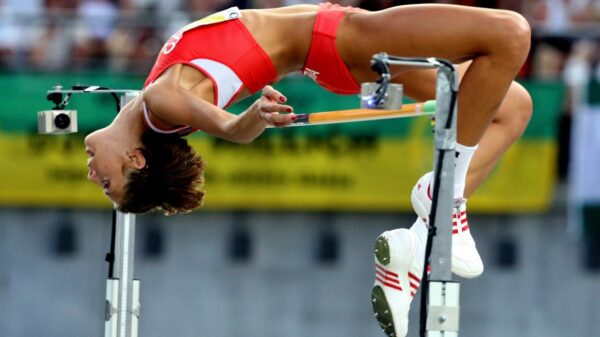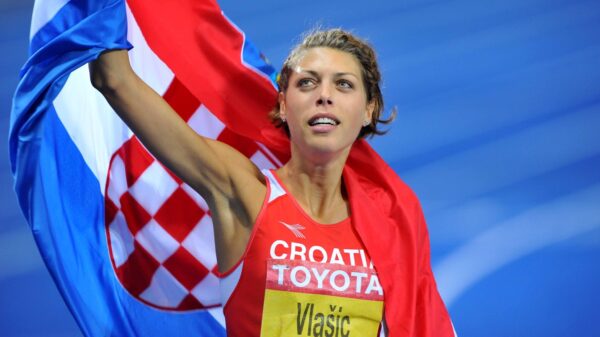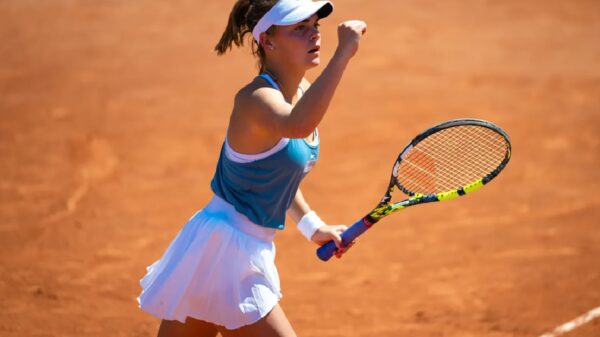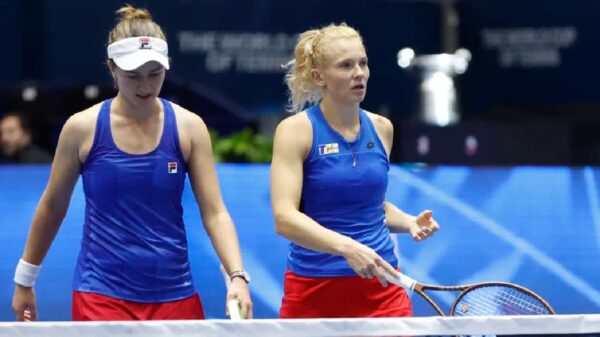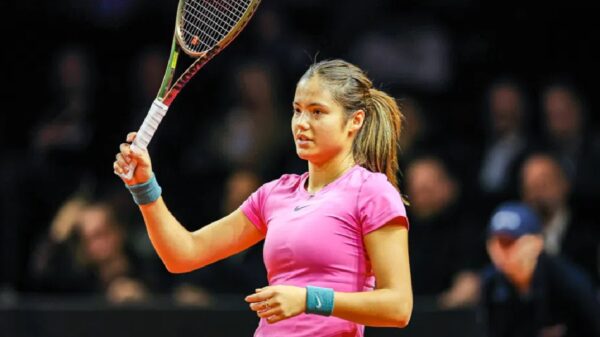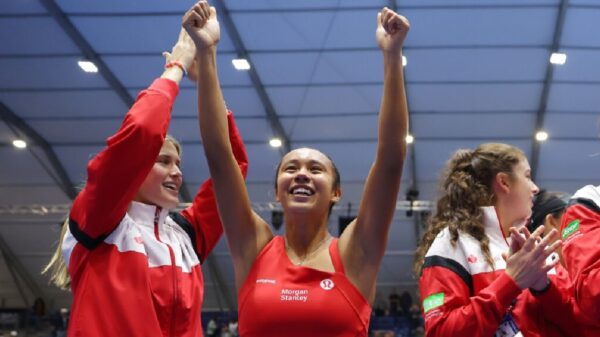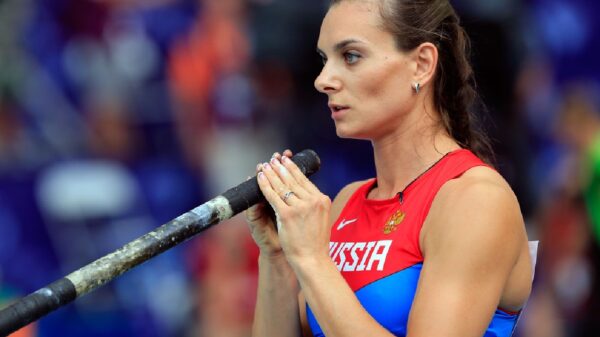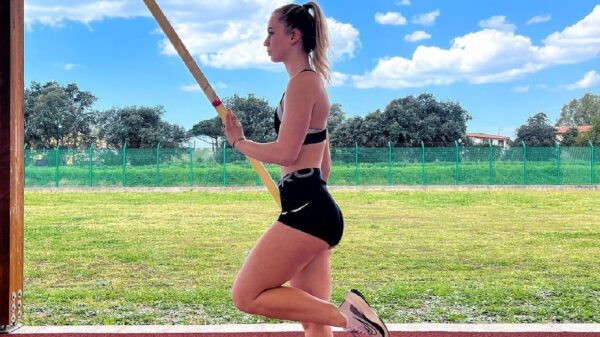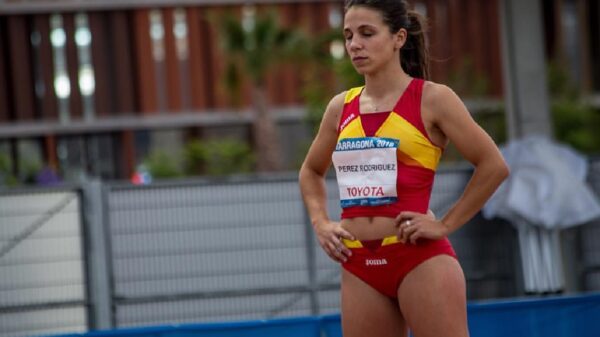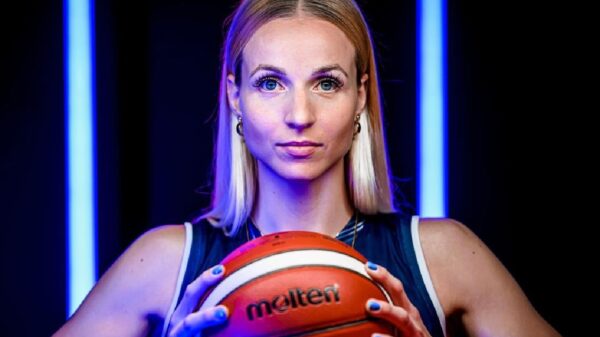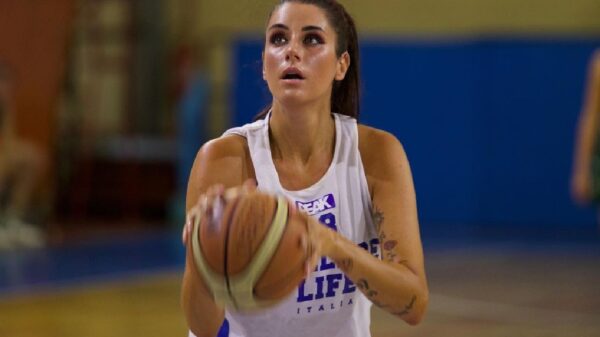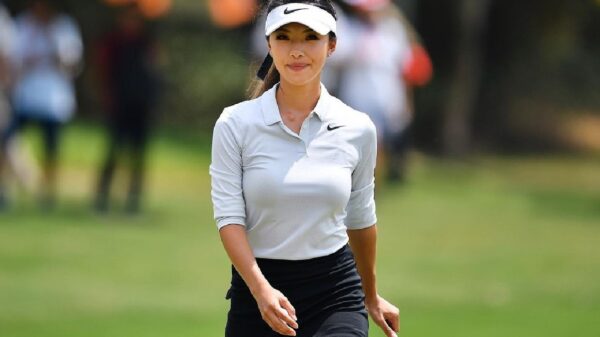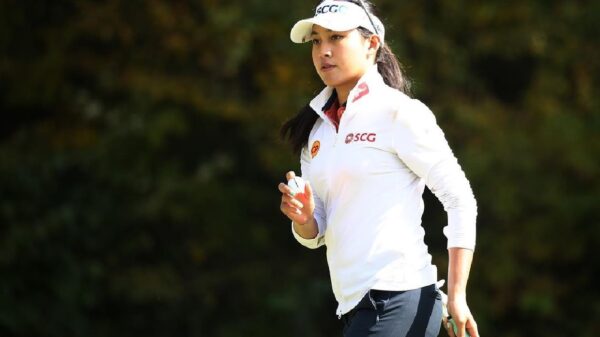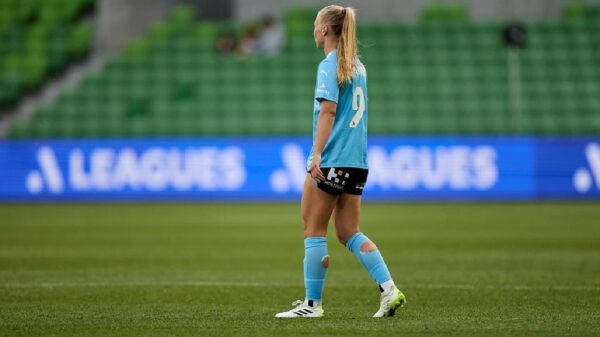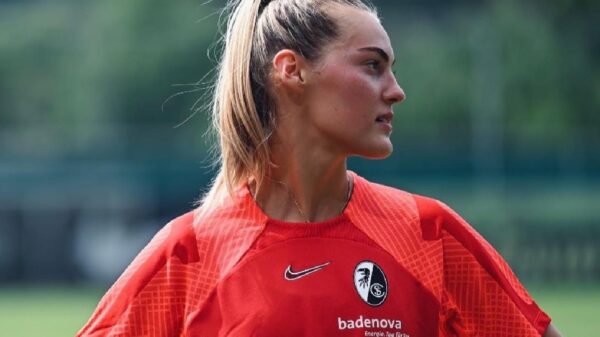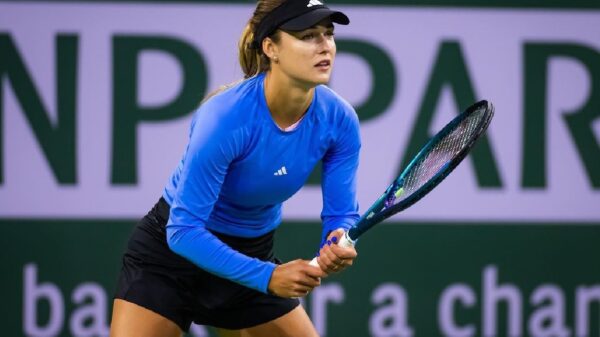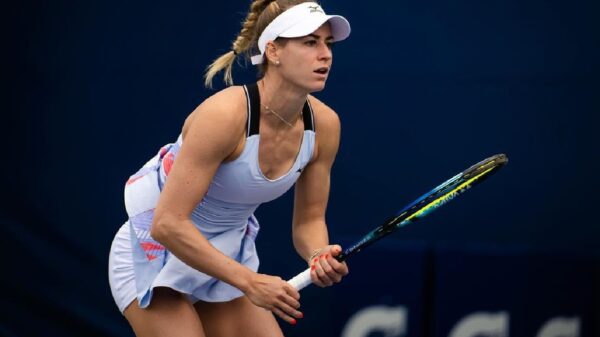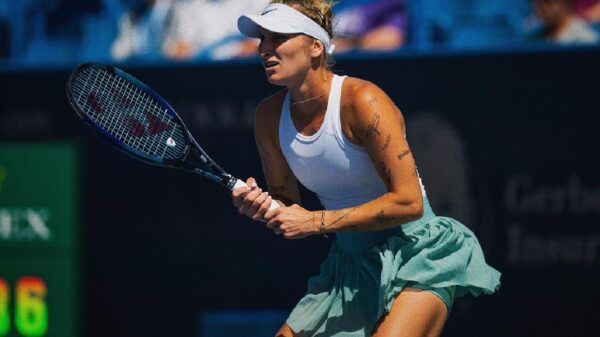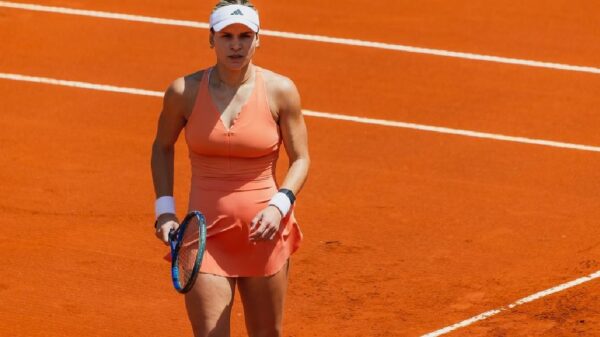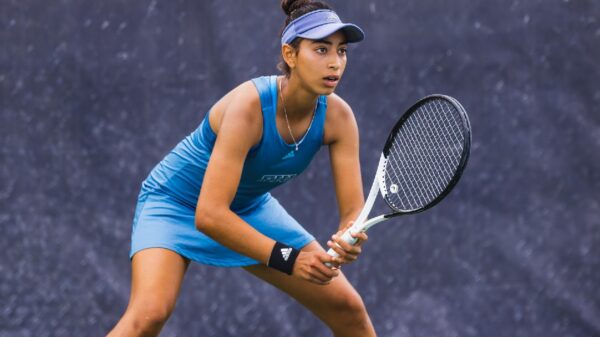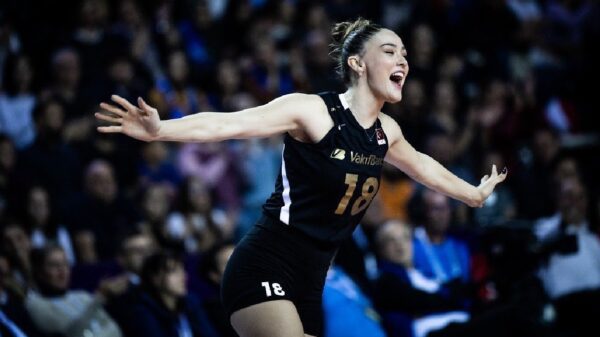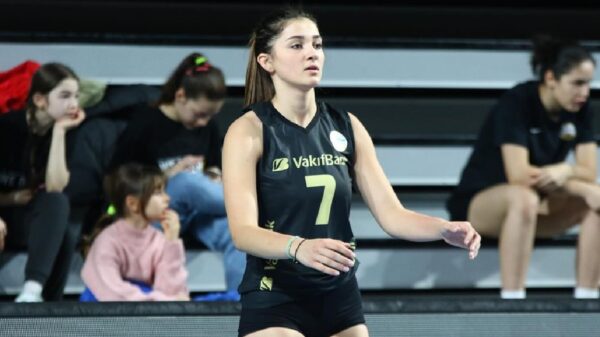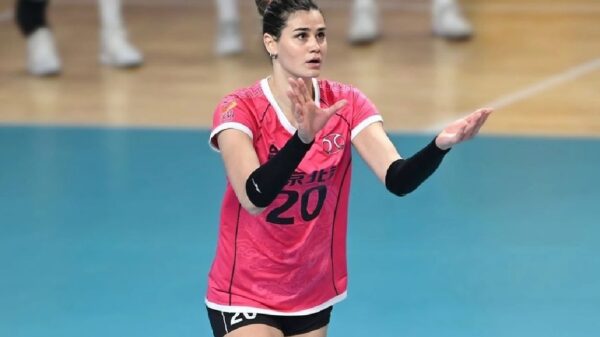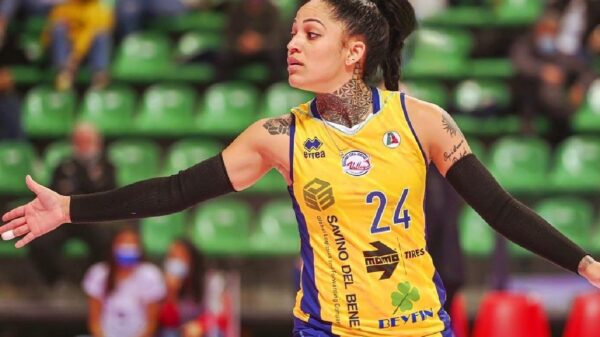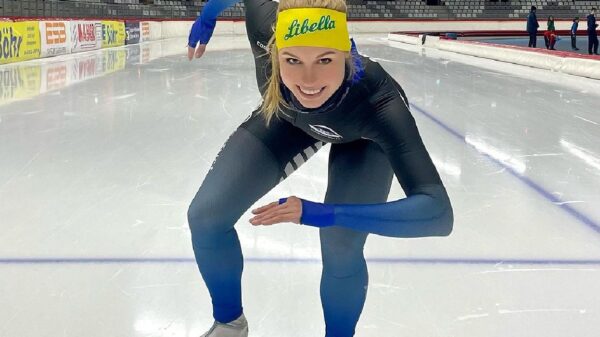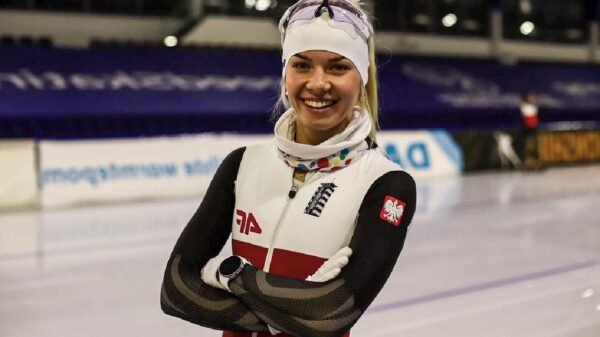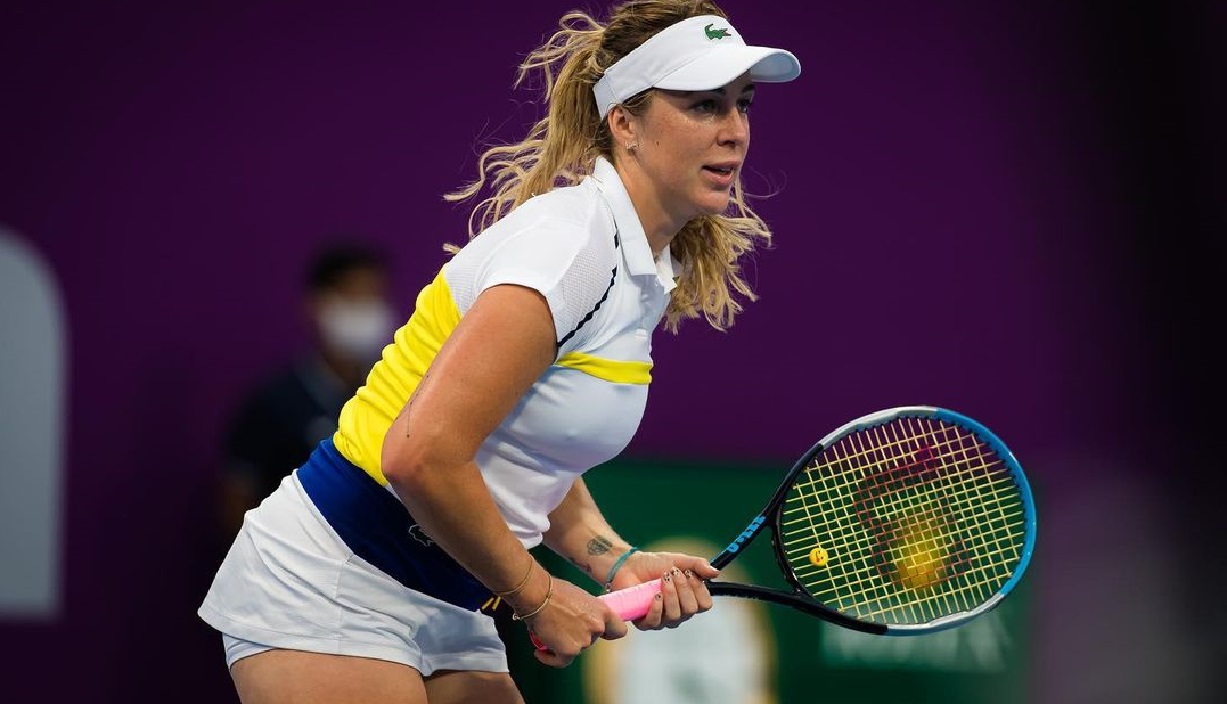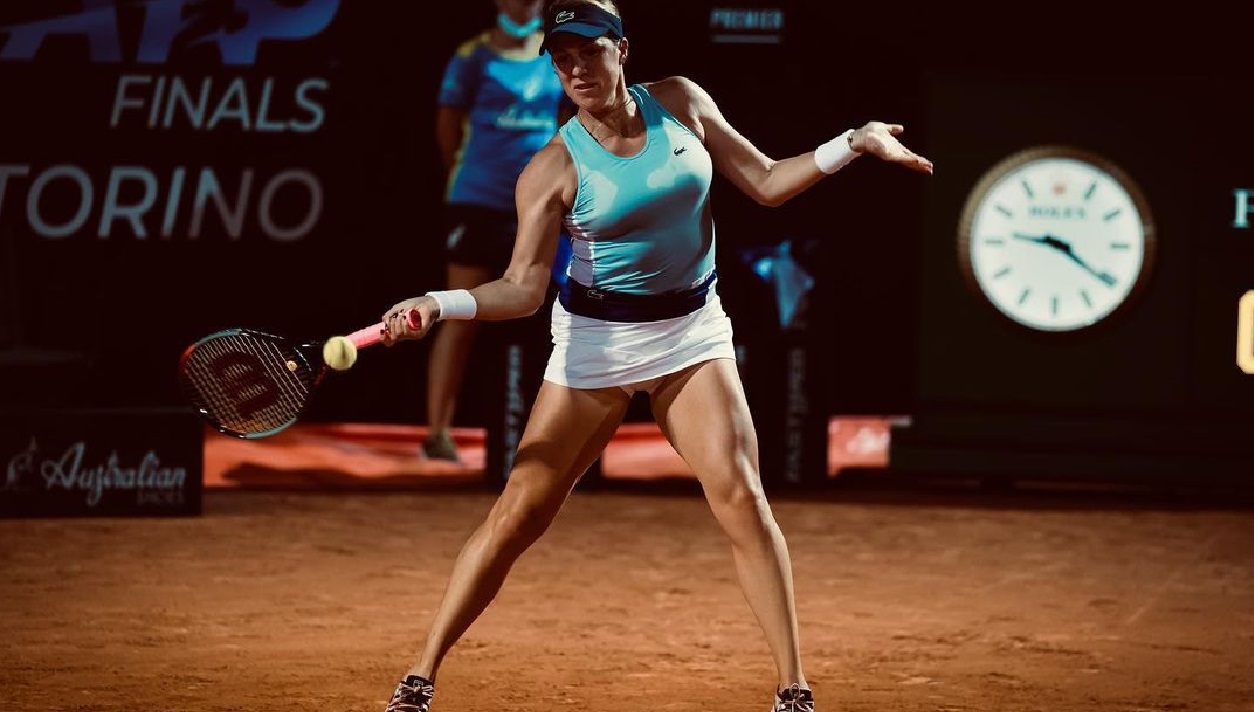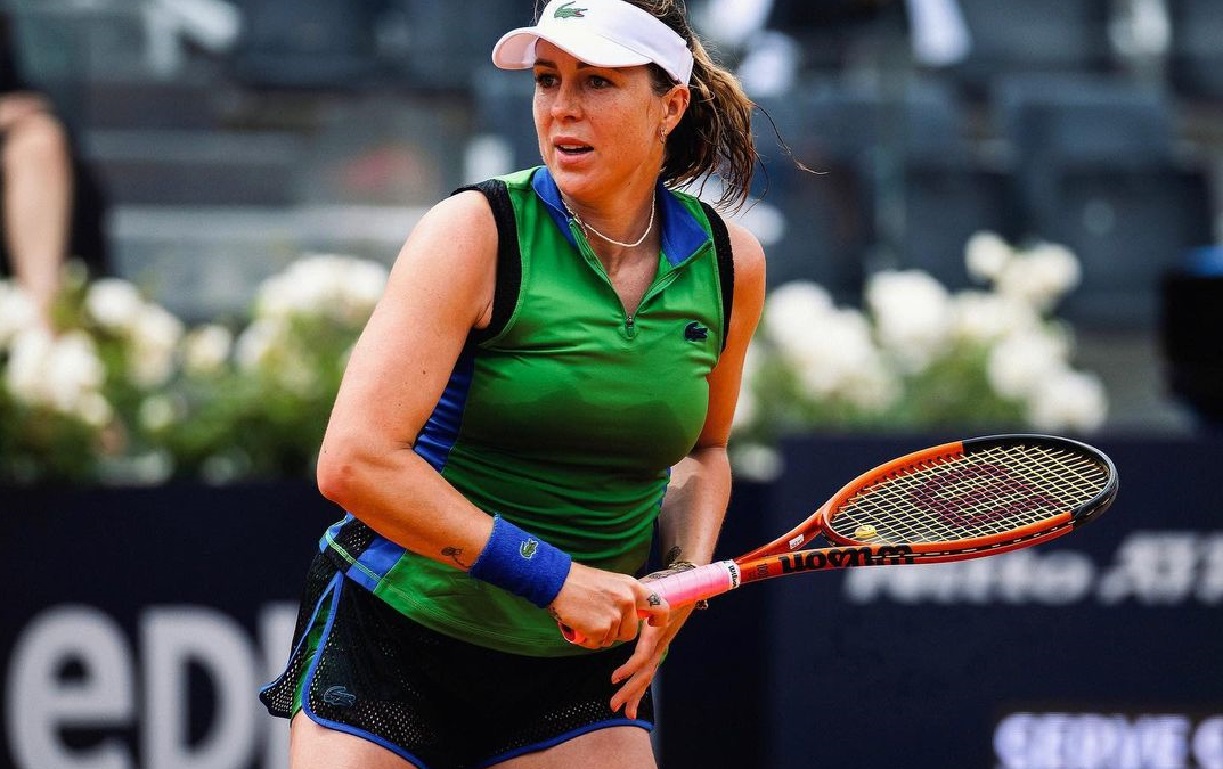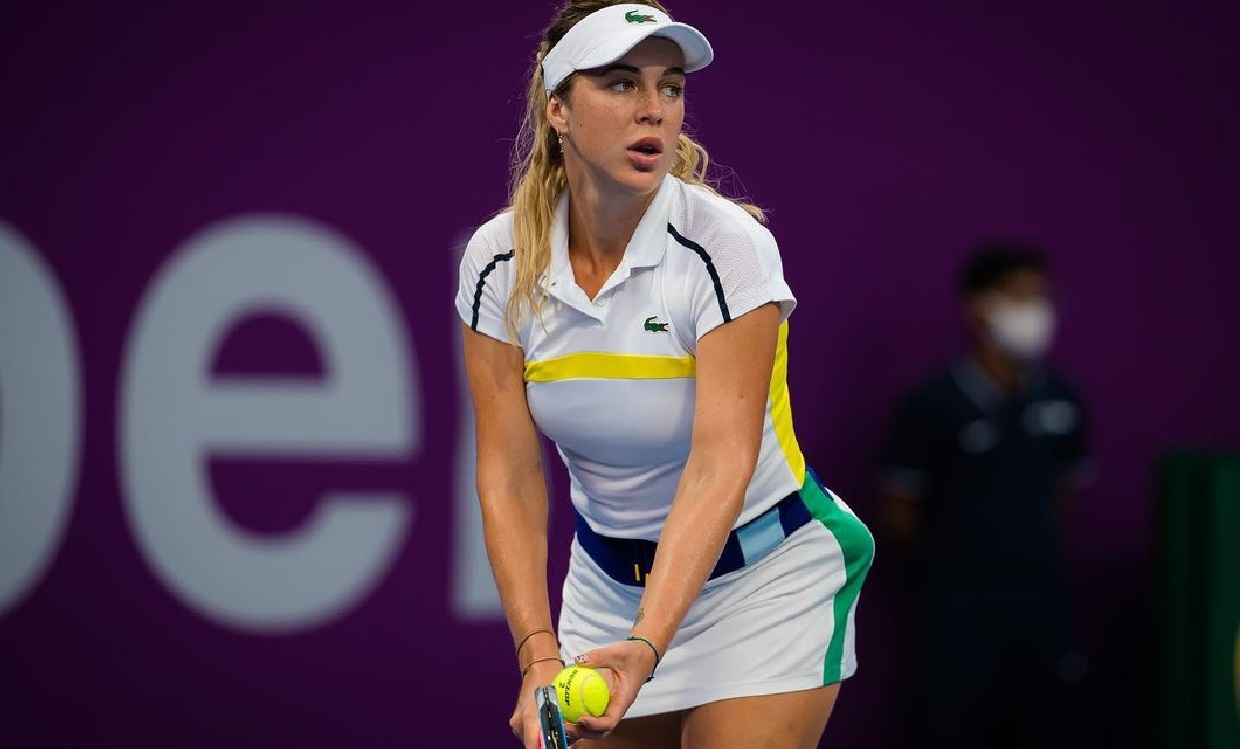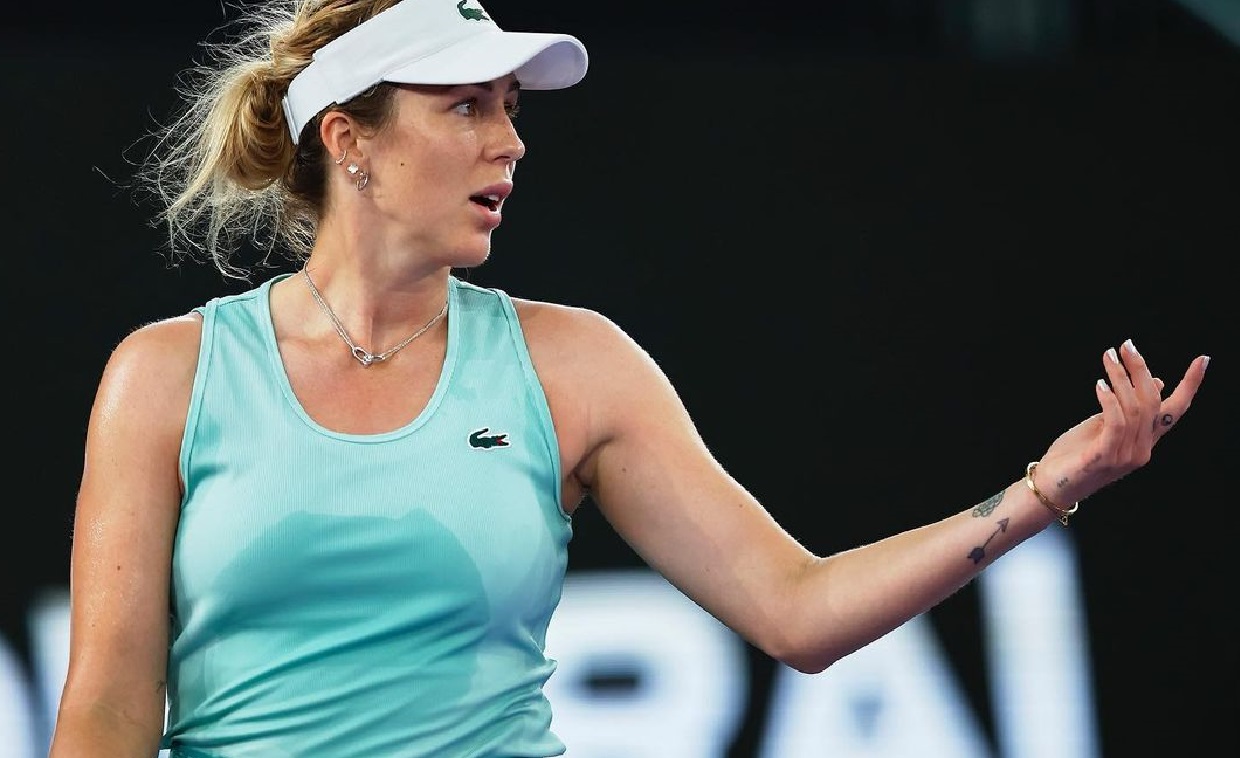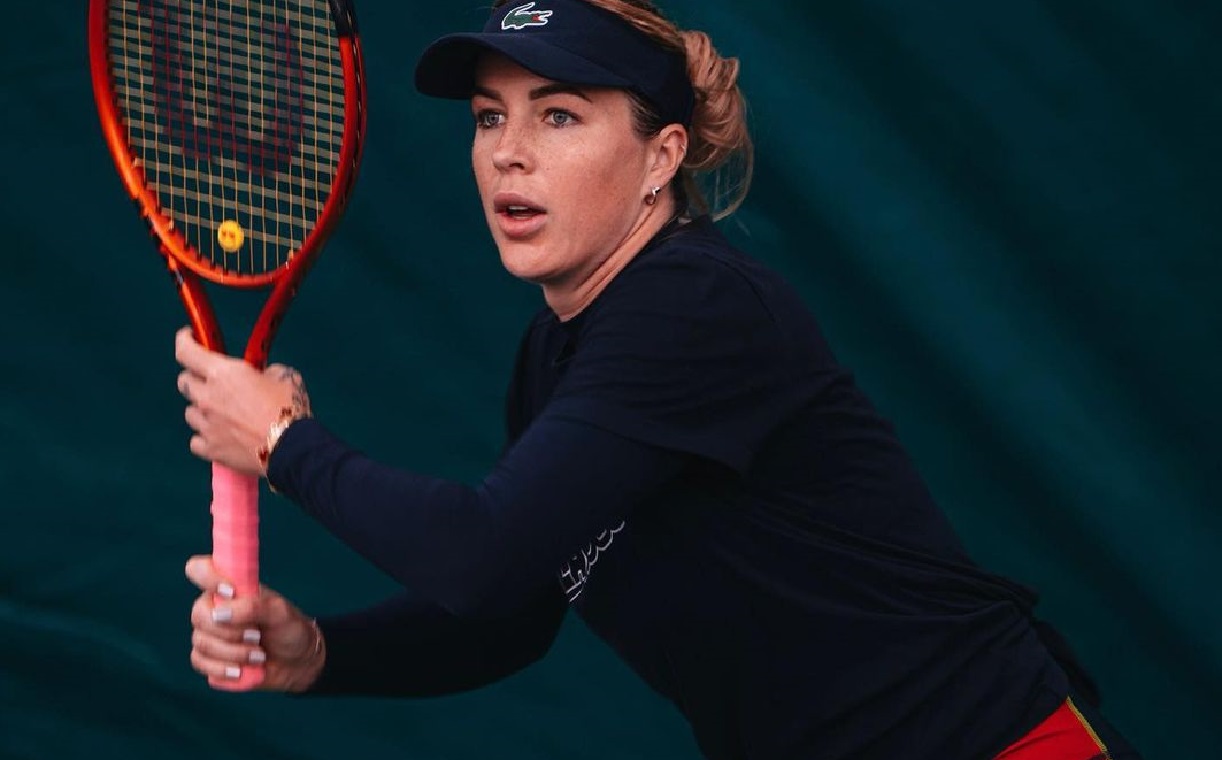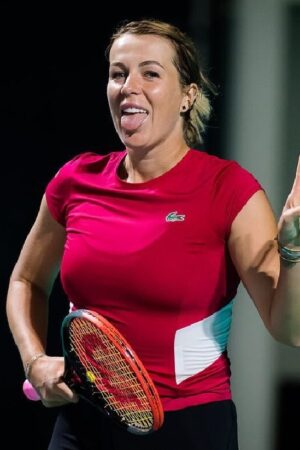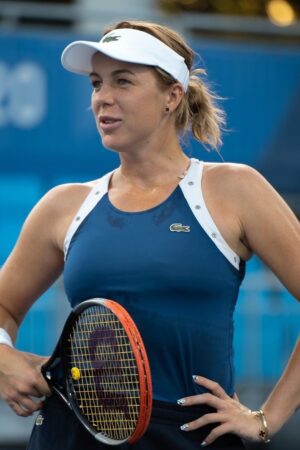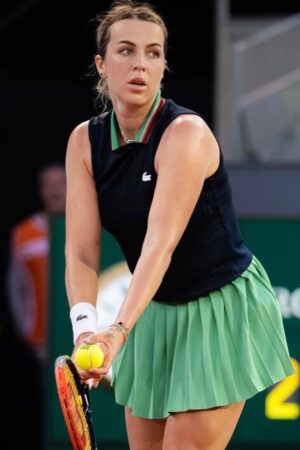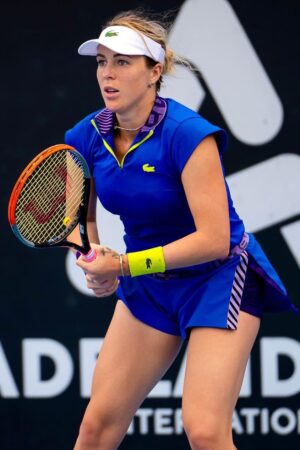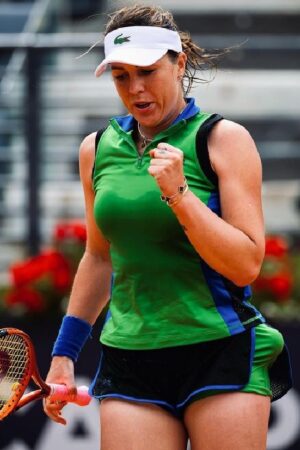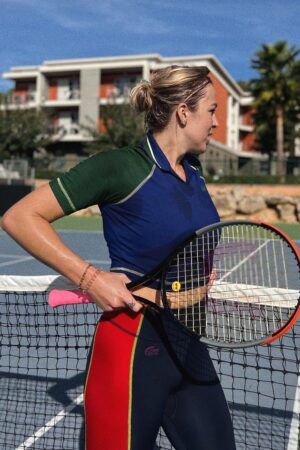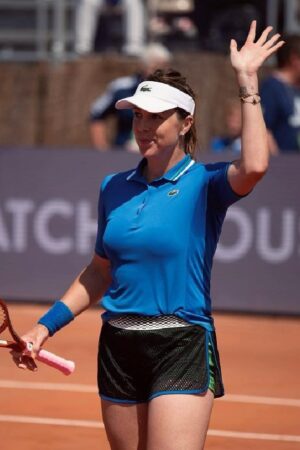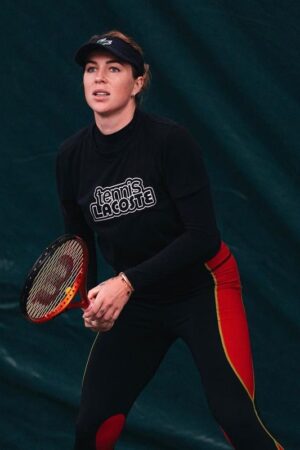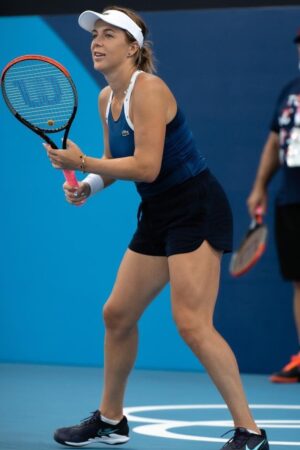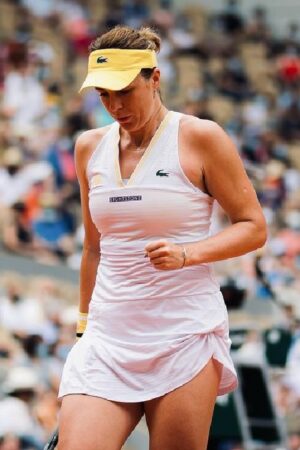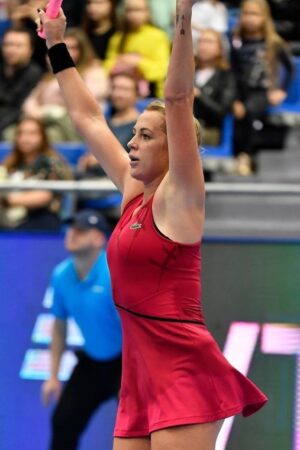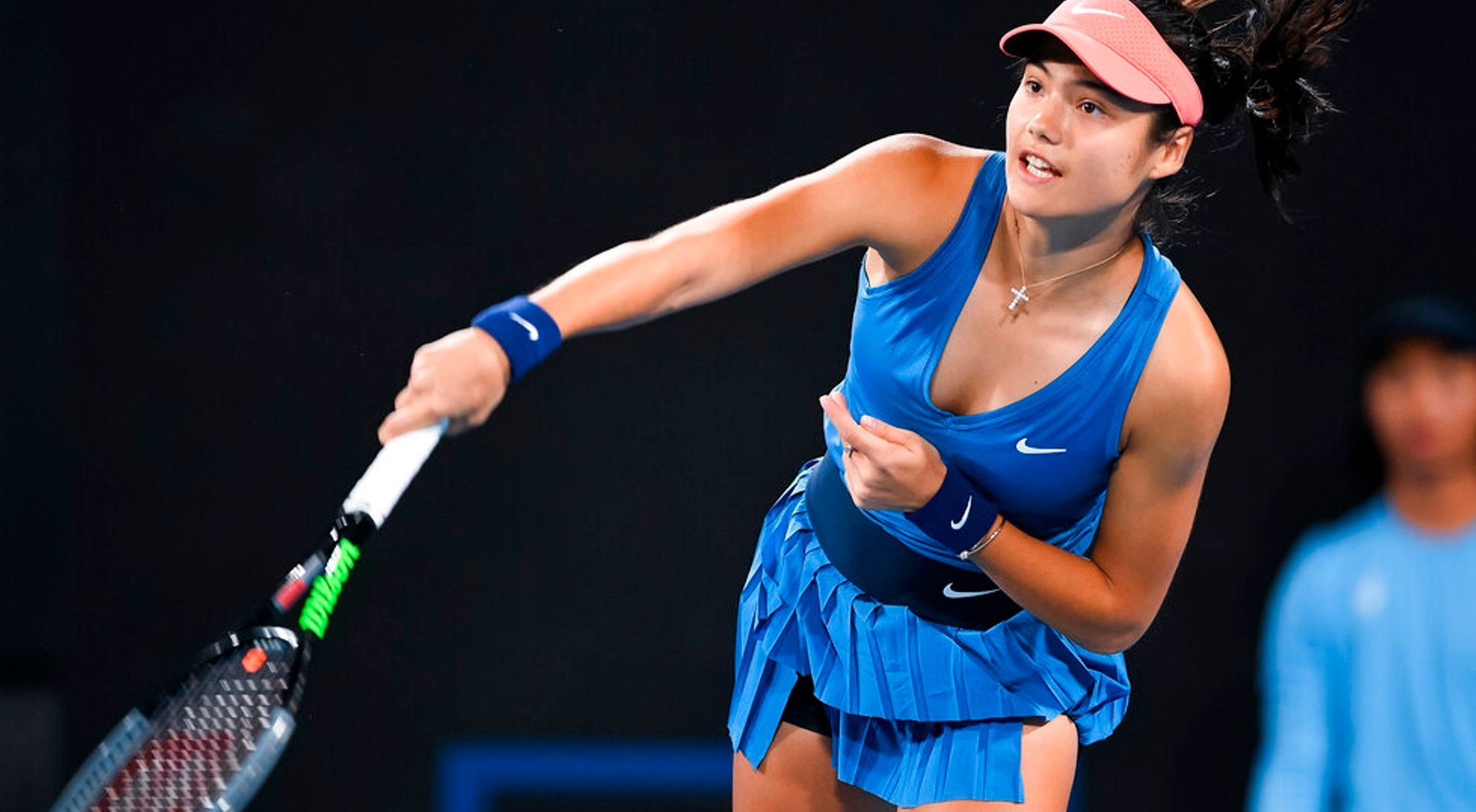Anastasia Pavlyuchenkova is a Russian professional tennis player. She has a total of 12 career WTA titles and was the runner-up at the 2021 French Open. She reached a career-high singles ranking of world No 11 on November 8, 2021.
Anastasia Pavlyuchenkova was born on July 3, 1991, in Samara, Russian SFSR, Soviet Union. She started in tennis at the age of six and was a junior talent. She won three Junior Grand Slam titles and became the junior world No 1, in January 2006, at the age of 14. She made her biggest achievement by winning the 2006 Australian Open Junior, 2006 US Open Junior, and 2007 Australian Open Junior.
Anastasia Pavlyuchenkova made her professional debut in 2006, receiving a wildcard into her maiden WTA Tour main-draw appearance at the WTA 1000 VTB Kremlin Cup. She lost in the first round to rising star Nicole Vaidisova (Czech
Republic) in straight sets. During the season she played at the $25,000 Podolsk (Russia) and $25,000 Valasske Mezirici (Czech Republic), reaching and quarter0-finals, as well as $25,000 Minsk (Belarus), where remained a runner-up and played her first final.
In 2007, Anastasia Pavlyuchenkova made her Grand Slam debut, playing in the main scheme of Wimbledon, but lost in the first round to Daniela Hantuchova (Slovakia). She continue being a top player in the Junior tour and played also in the ITF Circuit.
Anastasia Pavlyuchenkova won her first title at the $25,000 Minsk (Belarus) in 2008. During the season she won also trophies at the $25,000 W25 Moscow (Russia), $100,000 Poitiers (France), and $100,000 Bratislava (Slovakia). Meanwhile, she reached the third round of the Wimbledon and the second rounds of the French Open / Roland Garros and US Open, as well as the quarter-finals of the WTA 250 Palermo Ladies Open and the WTA 250 Rakuten Japan Open Tennis Championships. Thus, she climbed to the world’s No 45.
In 2009, Anastasia Pavlyuchenkova showed her great talent at the senior level, reaching the semi-finals of the WTA 1000 Indian Wells Open, the quarter-finals of the WTA 1000 China Open, and the third round of the WTA 1000 Toray Pan Pacific Open Tennis. She also played at the Grand Slam tournaments with her biggest achievement being the third round of the French Open / Roland Garros.
Anastasia Pavlyuchenkova won her first WTA title in 2010. She triumphed at the WTA 250 Abierto GNP Seguros in March and later during the season also won the title at the WTA 250 TEB BNP Paribas Istanbul Cup. She reached the semi-finals of the WTA 1000 Western & Southern Open and the quarter-finals of the WTA 1000 Dubai Duty Free Tennis Championships, as well as the fourth round of the US Open. She ended the season as the world’s No 21.
In 2011, Anastasia Pavlyuchenkova won again the WTA 250 Abierto GNP Seguros, but also performed strong in WTA Tour. She reached the quarter-finals of the French Open / Roland Garros and the US Open, as well as the WTA 1000 China Open, WTA 1000 Mutua Madrid Open, and the WTA 500 Connecticut Open. She climbed for a while to WTA No 13 but finished the season as the world’s No 16.
Anastasia Pavlyuchenkova made a relatively weak season start in 2012. In July, she reached the final of the WTA 250 Citi Open but lost to Magdalena Rybarikova (Slovakia). In August, she reached the quarter-finals of the WTA 1000 Western & Southern Open but did not defend her good results from the previous season and dropped to the world’s No 36.
In 2013, Anastasia Pavlyuchenkova started strongly, finishing as a runner-up at the WTA 500 Brisbane International, but at the next Australian Open lost in the first round. She reached the semi-finals of the WTA 250 BMW Malaysian Open, before winning her third title in the WTA 250 Abierto GNP Seguros. In May, she won another title at the WTA 250 Portugal Open, but again failed to perform strongly at the Masters and Grand Slam tournaments. In September, Anastasia Pavlyuchenkova reached the final of the WTA 250 Hana Bank Korea Open and the semi-finals of the WTA 500 VTB Kremlin Cup and WTA 250 Garanti Koza WTA Tournament of Champions. For a while during the season, she returned to the world’s Top 20 but finished at WTA No 26.
Anastasia Pavlyuchenkova continue performing strongly in 2014. She won the titles at the WTA 500 Open GDF SUEZ and WTA 500 VTB Kremlin Cup but also reached the third rounds of the Australian Open and the quarter-finals of the WTA 250 Citi Open.
In 2015, she started the season hesitantly with her biggest achievement being the third round of the WTA 1000 Indian Wells Open and WTA 100 Mutua Madrid Open. In the summer, however, Anastasia Pavlyuchenkova reached the semi-finals of the WTA 250 Baku Cup, the final of the WTA 250 Citi Open, and the quarter-finals of the WTA 1000 Western & Southern Open. She continues performing strongly in the second part of the season, reaching the quarter-finals of the WTA 1000 China Open and the semi-finals of the WTA 500 VTB Kremlin Cup. She also won the title at the WTA 250 Upper Austria Ladies Linz.
Anastasia Pavlyuchenkova started the 2016 season by reaching the quarter-finals of the WTA 500 Brisbane International, WTA 500 St. Petersburg Ladies Trophy, and WTA 250 Abierto Mexicano TELCEL Presentado Por HSBC. She continues the season by reaching the third rounds of the WTA 1000 Mutua Madrid Open and the French Open / Roland Garros, before reaching the quarter-finals of the Wimbledon and the WTA 1000 Rogers Cup. At the end of the season, she reached the quarter-finals of the WTA 250 Upper Austria Ladies Linz and WTA 500 VTB Kremlin Cup. Thus, she returned to the world’s No 27 at the end of the season.
In 2017, Anastasia Pavlyuchenkova won her fourth title at the WTA 250 Abierto GNP Seguros and her eighth WTA title in her career. During the season she triumphed also at the WTA 250 Morocco Open in Rabat and WTA 250 Prudential Hong Kong Tennis Open, but also was the runner-up at the WTA 500 Toray Pan Pacific Open Tennis. Meanwhile, she reached the quarter-finals of the Australian Open, the WTA 1000 Indian Wells Open, and the WTA 500 Sydney International. Following the strong and successful season, Anastasia Pavlyuchenkova returned in the Top 20 and finished at WTA No 15.
However, in 2018, she made a quite hesitant season. Despite winning the title at the WTA 250 Internationaux de Strasbourg and reaching the quarter-finals of the WTA 1000 Dongfeng Motor Wuhan Open, WTA 500 VTB Kremlin Cup, WTA 500 Porsche Tennis Grand Prix in Stuttgart, and WTA 250 Upper Austria Ladies Linz, she did not record some significant success. Her ranking fell and she finished the season as the world’s No 42.
Anastasia Pavlyuchenkova started strongly the 2019 season by reaching the quarter-finals of the Australian Open. In the next tournaments, she reached the quarter-finals of the WTA 500 St. Petersburg Ladies Trophy and the WTA 250 Abierto GNP Seguros. At the end of the season, she made a strong performance, finishing as a runner-up at the WTA 500 Toray Pan Pacific Open and WTA 500 VTB Kremlin Cup to return back to WTA No 31.
In 2020, Anastasia Pavlyuchenkova started strongly again reaching the quarter-finals of the Australian Open. The season was interrupted by the COVID-19 pandemic and by the end of the season she failed to achieve some more significant success.
In 2021, Anastasia Pavlyuchenkova returned to the world’s top positions after making an incredible performance. In April, she reached the semi-finals of the WTA 1000 Mutua Madrid Open before playing in the final of the French Open / Roland Garros, where lost to Barbora Krejcikova (Czech Republic). She also reached the quarter-finals of the Tokyo 2020 Olympics and the fourth round of the US Open. Thus, she climbed to her career-highest position of the world’s No 11.
In 2022, she competed at the Australian Open, where reached the third round, but after that withdrew from most of the tournaments due to a knee injury. She finished the season already in May.
Anastasia Pavlyuchenkova returned again on the court in 2023, reaching the quarter-finals of the WTA 250 Internationaux de Strasbourg. She also performed incredibly at the French Open / Roland Garros, reaching the quarter-finals and still playing.
Anastasia Pavlyuchenkova photos




